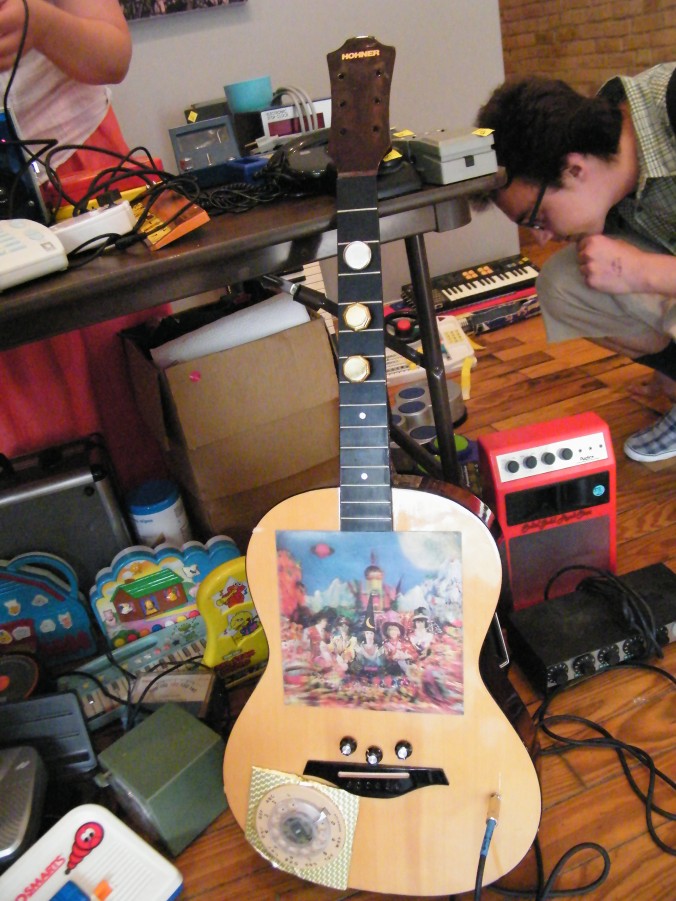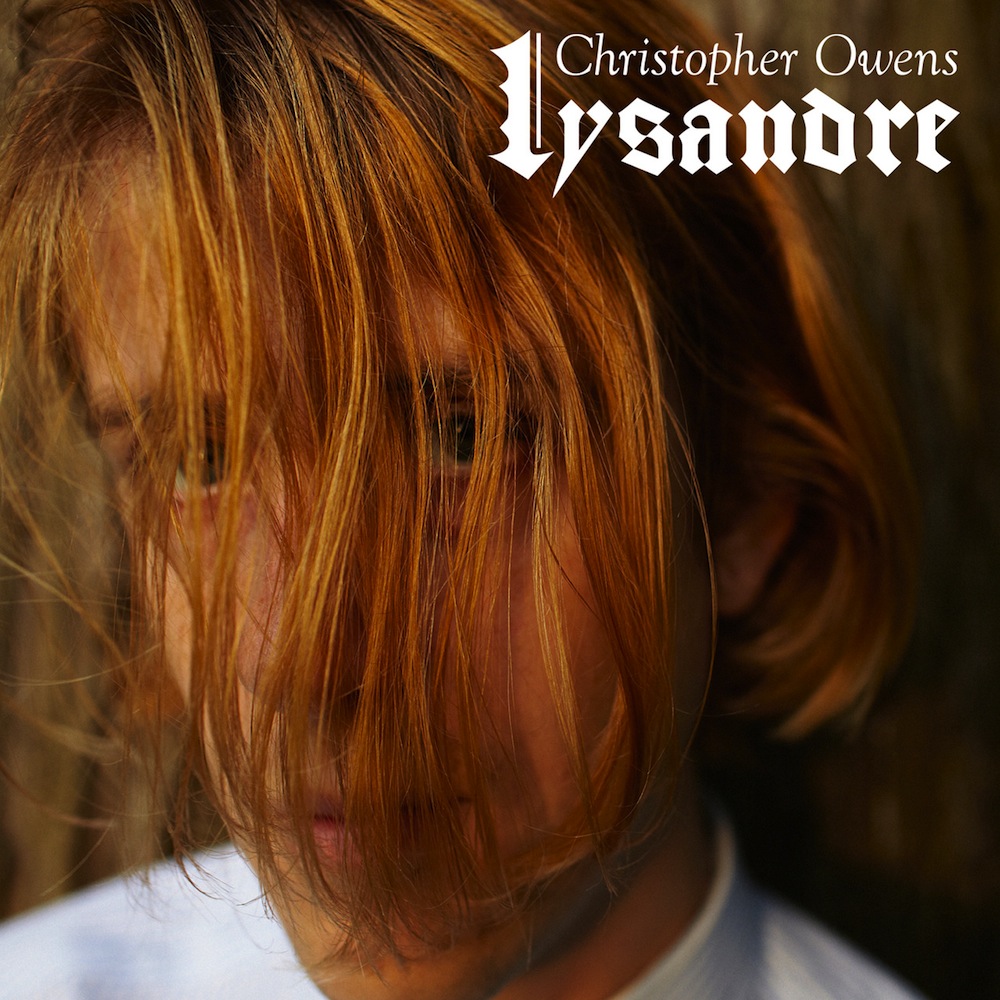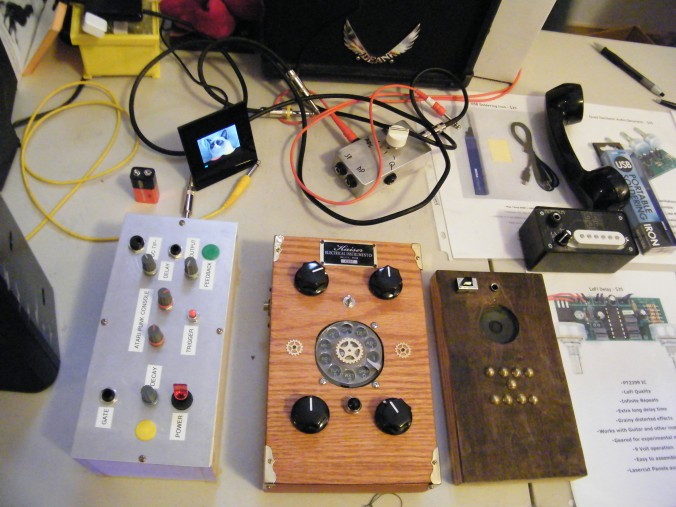
The Experimental Garage Sale (EGS) took place for the 6th year at Chicago’s Experimental Sound Studio (ESS) in Ravenswood, June 9th 2013. The venue hosted circuit benders from across the Midwest to exchange homemade hacked electronic objects, parts, vintage gear, raffle toys and stories.
The gallery space at ESS was full of tables with an array of obsolete toys and electronic products: Game Boys, Ataris, Speak and Spells, rotary telephones, sounds of nature relaxation alarm clocks that had been broken open and had their wires crossed. Whining, growling, arpeggiated bleeping, dissonances, and randomly harmonizing electronic hums leapt from all corners of the room as a group of circuit bending enthusiasts gathered round the tables twisting knobs and pressing buttons. The cacophony, or euphony, depending on whom you may ask, is the sound of re-use and of re-imagining the discarded electronic playthings and communication devices of the last century, as sources of music.
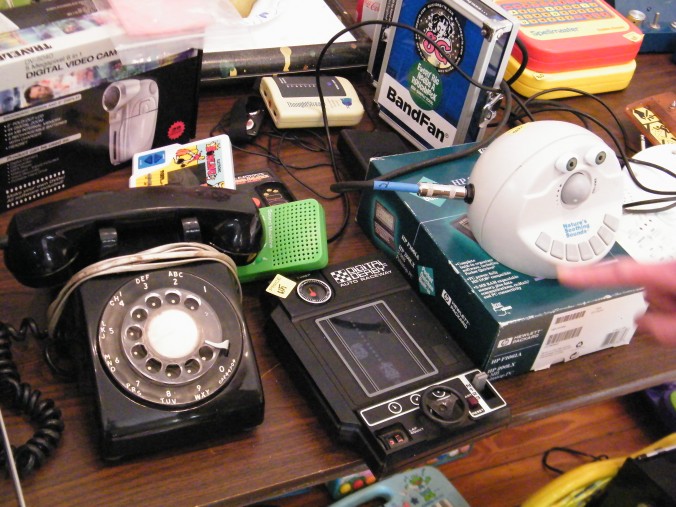
“You don’t have to spend much to have your own portable synthesizer to make music anywhere,” Anthony Schmitt, the maker/circuit bender behind Nonfinite Electronics, said of his array of modified Game Boys. He also sold screens to brighten the small LCD screens for improved performance visibility in dark venues. He came to the EGS through performing with Alex Dyba, the organizer of the event, and founder of getlofi, a Minnesota based circuit-bending group, and a performer under the alias Talking Computron. “I think of myself as a craftsperson rather than an artist,” Alex told me. He said he could charge a lot more for making everything a one-off, but making these inexpensive series was a way to open up performance possibilities for future circuit-bending artists.“This event brings this niche interest group together,” Alex said. He was also selling DIY synth kits, synthesizer objects by the circuit bending artist Tim Kaiser, and an array of hack-friendly toys, such as the Speak and Spell.
Karl, aka the junkyardcatalyst, came to the sale from Cincinnati, the hometown of circuit bending guru Reed Ghazala, with a large collection of bent Casio keyboards. Carl told me that, although some may think it a blasphemy to sell a non-unique hacked object (he was following the scheme outlined on the website of Caspar Electronics), he also thought it was the best way to reach a wider audience. A frequent thrift store sifter he performs with Thrift Sore Boratorium, a name referencing the fear of bedbugs found in the fabric of thrift store finds and the laboratory-like aspect of his creative endeavours.
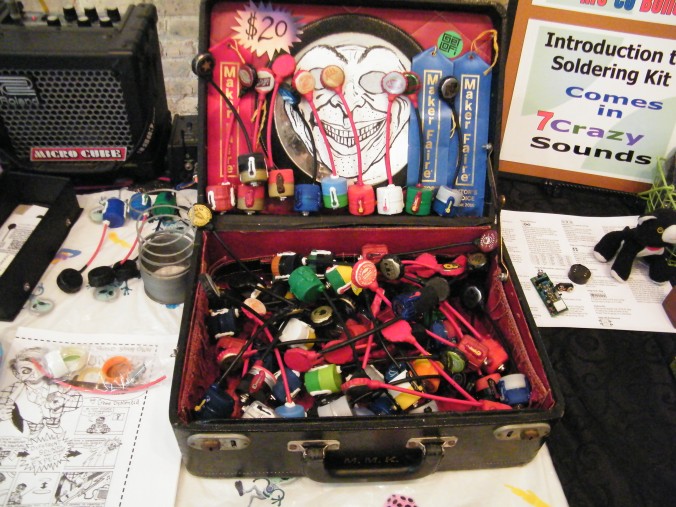
Tommy Stephenson has been coming to the sale since it started. He got into circuit bending years ago when he saw EAR playing three Speak and Spells at the Empty Bottle, and immediately bought a work by Tim Kaiser on ebay. He thought he would be able to figure out how to do it himself from looking at the altered object, but all he could see was a tangled mess of wires. After a few years of opening up electronics and trial and error, he paired up with Patrick McCarthy to form Roth Mobot, making and playing bent toys. Tommy spoke with gratitude for the opportunities he’s had to perform and make instruments for performers. After being given a backstage pass to a Phish concert, he presented the band with a broken Internet router box that created sound through a mercury switch. “It was a complete mistake,” he says of the sounds that it eventually emitted. “But then they played it on stage!” Roth Mobot has played in an old slaughterhouse in Paris and the courtyard of the Art Institute and their instruments have been used by jazz pianist Marco Benevenuto and Ween. They were recently filmed for America’s Got Talent in Houston, Texas… although they did get booed off stage. Most of his materials for instrument building he acquires through garbage picking, thrift stores, and from the electronics waste bins at the junior college where he works, where they toss out beautiful vintage electronics. Patrick McCarthy, the other half of Roth Mobot, now runs the fab lab at the Museum of Science and Industry with Dan Laing.
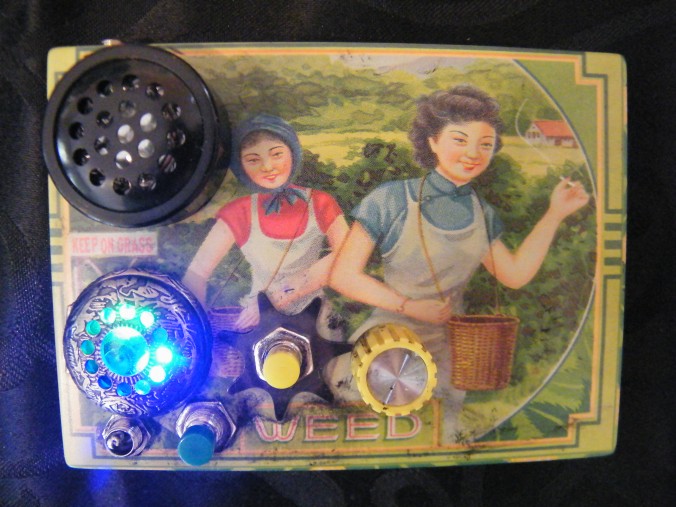
Other vendors, such as recent SAIC MFA Sound grad Stephen Germana, were there to sell their old gear that may be of use to other makers and instrument modifiers. He was cleaning out his studio and thought someone at the event might be interested in his Reel to Reel, 4 channel EQ, or distortion pedals.
Mark D. Hoffman drove from Fort Wayne to attend the EGS and hawk his wares that combine the circuit bent aesthetic of garbage picked toys with the clockwork gears and machine patina of Steampunk.
“You touch it and stuff happens. You don’t need to know what’s going on. You listen.” Austin Cliff found the bent movement appealing because of its immediate accessibility. He started circuit bending in 2006 through taking workshops with Patrick McCarthy that he happened to see mentioned in the Reader. Since then he’s been making contact mics and DIY electronics kits under the moniker of Crème Dementia. He was selling small kits with instructions that he illustrates in a comics style himself. In addition to the contact mics, which are waterproofed, magnetized, and set up to take a guitar lead, he sells a “Benchtop Probe”, i.e. a wire that you can use to touch parts of a circuit of a toy to see what happens, and “Mr.Mixer” a channel mixer for a variety of modulation options on your twisted signal.
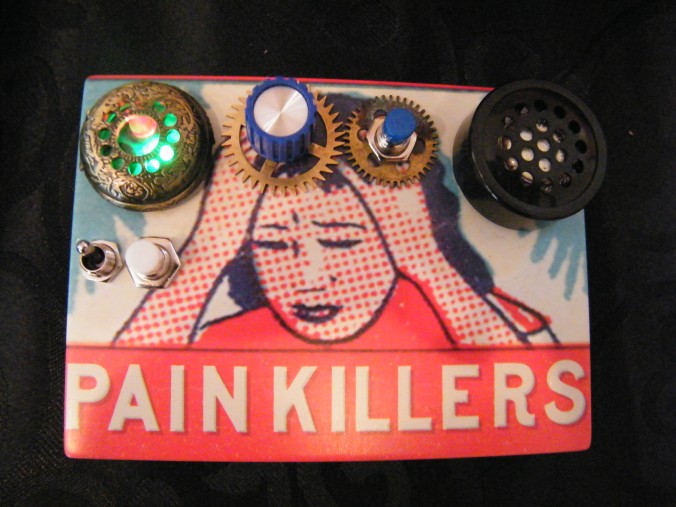
The daytime portion of EGS concluded with No Media, a Chicago based open mic event that rotates around different to venues. No Media invites art makers of any time-based medium — live poetry, dance, visual projection, sound — to sign up. Artists are assigned to random groups of three and have ten minutes to perform, with only two minutes of preparation time. No documentation of the performances is permitted; what started live remains live only. The event has a distinct aesthetic based on the community that frequents the venue where it is taking place. At the end of a day of circuit bent object exchange, most of the performances were mainly auditory. The final act featured an astounding one-off performance from a seven-year old guitar and saw playing, circuit-bending virtuoso, a sign that obsolete toys are regaining momentum amongst the original age group for which they were intended.
